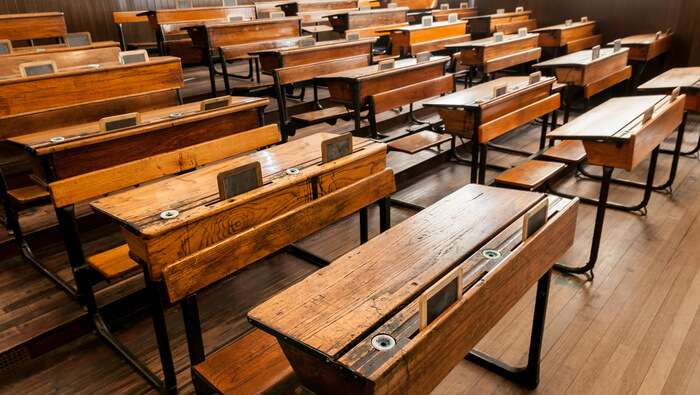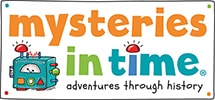
Victorian Schools for Kids
Welcome to our enlightening page on Victorian schools for kids! Whether you’re a learner exploring this thrilling period in history, or an adult who loves to journey back in time, we’re here to share important information about education during the Victorian era.
Introduction to Victorian Schools for Kids
So, what was school like in the Victorian era? Simply put, it was vastly different from what we’re used to today. Education during this period was not a right but a privilege, and many children did not attend school at all. However, as we journey through this page, you will discover the many transformations that happened during the Victorian era that helped shape the modern education system we have today.
The Early Days of Victorian Schools: Who Could Go to School?
In the early Victorian period, attending school was a luxury only few could afford. The children of wealthy and middle-class families were the ones who primarily received education. They attended private schools or had tutors. These children studied a broad curriculum, including languages, mathematics, science and the arts. For the working class and the poor, education was often a dream. Children as young as five had to work in farms, mines and factories to help support their families. However, as the era progressed, the importance of education started to gain recognition.
Ragged Schools: Education for the Underprivileged
Ragged schools hold a special place in Victorian educational history. These were charitable schools dedicated to providing free education, along with meals and clothing, to children in need. The term “ragged” was used to reflect the poor condition of the pupils’ clothes. Established in the mid-19th century, these schools served children who were too poor to attend regular schools. They were often located in cheap, dilapidated buildings like old warehouses or stables.
Ragged schools aimed to provide basic education, including reading, writing and arithmetic, along with practical skills like sewing for girls and carpentry for boys. They also aimed to instil good morals and work ethics in their pupils. Despite the difficult conditions, ragged schools played a significant role in promoting the importance of universal education, leading the way towards compulsory education for all children regardless of their economic status. Today, they stand as a testament to the Victorian era’s efforts to provide education to all children.
Changes in Victorian Schools for Kids
The introduction of the Elementary Education Act of 1870, also known as the Forster’s Education Act, changed the landscape dramatically. For the first time, education became accessible to many more children, regardless of their family’s economic status. This legislation compelled all children aged between 5 to 13 in England and Wales to attend school.
It’s important to note that while the Education Act made school mandatory, many children still worked due to economic necessities. It wasn’t until later legislation in the early 20th century that child labour was fully addressed, making education a right for all children.
Typical Victorian School Day for Kids
A day in a Victorian school was usually long, often beginning at 9 am and ending around 5 pm. Victorian schools were strict, and discipline was considered crucial. Children learned the ‘3 Rs’: Reading, Writing, and Arithmetic, and also subjects like History and Geography. There was also plenty of rote learning and memorisation. Uniforms were typical for Victorian schoolchildren. Boys often wore a cap, shirt, shorts, and a jacket, while girls typically wore a pinafore over a blouse with a straw bonnet or ribbon. Supplies were simple, including a slate board and chalk for writing.
The Victorian School Building and Classroom: A Peek Inside
Victorian school buildings were usually large and imposing structures, often made from red brick with high windows. They were designed this way to let in as much natural light as possible, as electric lighting was not common. The buildings typically had a schoolyard for play and exercise.
When stepping inside a Victorian classroom, you would find it quite different from classrooms today. These rooms were often large and could accommodate up to sixty pupils. The walls were typically adorned with rules, proverbs and information charts. Rows of wooden desks filled the room, with each desk seating two to three children. These desks often had inkwells for writing and a small space to store slates and slate pencils.
A large, imposing teacher’s desk was usually situated at the front of the classroom near a blackboard. The teacher’s desk was sometimes raised on a platform, allowing them to oversee all the students. Discipline was strict, and the classroom was usually quiet except for the sound of the teacher’s voice or the scratching of slate pencils. Despite the austere surroundings, these classrooms were important places of learning and played a significant role in shaping the future of many Victorian children.
Discipline in Victorian Schools: A Strict Affair
Victorian schools were renowned for their strict discipline. This was a time when the phrase “children should be seen and not heard” was taken very seriously. Misbehaviour, inattentiveness and even mistakes in lessons were often met with physical punishment. The cane, a long thin rod, was a common tool used for disciplining students. Students could be caned on their hands or bottoms for infractions. Other punishments included wearing a dunce’s cap (a large pointed hat) while standing in a corner, or writing lines — writing the same sentence numerous times. Such harsh methods were aimed at instilling obedience and respect for authority. However, these practices have long been abandoned in modern schools, replaced by more constructive and empathetic methods of maintaining discipline. Despite its severity, discipline in Victorian schools played a part in shaping the education system’s future expectations of respect, punctuality and adherence to rules.
The Impact of Victorian Schools on Modern Education
Despite their strict nature and sometimes harsh conditions, Victorian schools laid the groundwork for our modern education system. The concept of mandatory schooling, age-based grades and standardised tests all have roots in the Victorian era.
Now you know a bit more about what it was like for kids in Victorian schools! Remember, these schools were the stepping stones to the education system we enjoy today. Whether you’re a Key Stage 2 learner or an adult, we hope this page has helped you better understand this important historical period. Explore more of our history pages to keep your learning adventure going!

